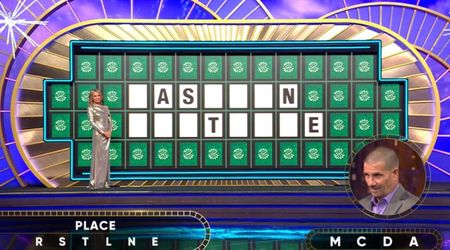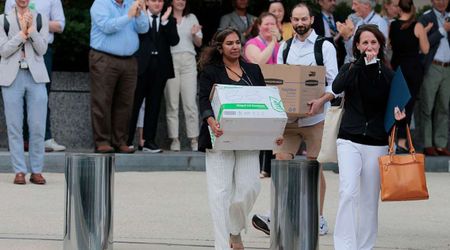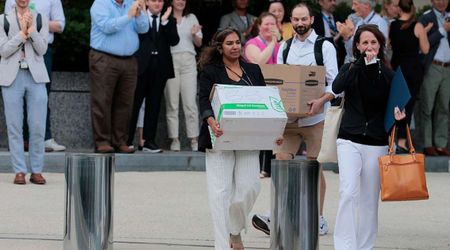How Biden's Tax Credits May Transform Homebuying, Open Doors for First-Time Home Ownership

President Biden aims to provide financial assistance to aspiring first-time homebuyers amidst the current housing market challenges. His proposed plan includes a $5,000 annual tax deduction for two years, easing the financial burden of homeownership. Additionally, homeowners selling their first property would receive a $10,000 tax deduction.

However, the implementation of these proposals requires congressional approval. "I know the cost of housing is so important to you. If inflation keeps coming down, mortgage rates will come down as well. But I’m not waiting," Biden said during his State of the Union speech Thursday night.
What do Biden's homebuying tax credits include?
President Biden's plan supports middle-class families in purchasing homes through two credits. The "mortgage relief credit" provides $5,000 annually for two years, reducing the effective mortgage interest rate by 1.5% for first-time homebuyers. This makes owning an average-priced home more accessible.
Furthermore, a one-year credit of up to $10,000 is also available to middle-class families who sell their "starter homes" (homes below the average price in their area) to other families who will occupy them. This credit encourages homeowners to downsize, making it easier for first-time buyers to find affordable homes, especially if they have lower mortgage rates than what's currently available.

Experts are still unsure if Biden's proposal will move forward, especially since it's an election year and Congress is divided.
How will this impact the housing market?
The Biden administration believes that by offering these tax credits, the real estate market will open up and become more accessible to people. They project that the first-time buyer tax credit will assist roughly 3.5 million middle-class families in purchasing their first home.
Moreover, this credit would essentially reduce the cost of home ownership by approximately 1.5 percentage points over two years, making it more accessible, especially for those looking to buy a median-priced property.

The homeowner tax credit is expected to assist over three million households in buying larger homes. The White House claims that mortgage rates on many existing homes are lower than what is currently available This creates a "lock-in" effect, where homeowners are hesitant to sell and give up their lower rates, even if their current homes no longer suit their needs.
Analysis of the housing market
According to Redfin research, property prices and mortgage rates skyrocketed in 2023, making it difficult for buyers. To afford a $408,806 median-priced property, for instance, a person making the median income in the United States, which is approximately $78,642, would have had to spend roughly 41.4% of their wages.
Compare that to 38.7% in 2022. As of March 7, the average rate for a 30-year fixed-rate mortgage remained approximately 7%, despite a modest decline from their 2023 levels.

Expert insights
"We’re close to multidecade highs for mortgage rates. Unless [Biden’s proposed credit] counts as qualifiable income, it’s not going to actually make it easier for homebuyers to qualify for mortgages," said Keith Gumbinger, vice president of mortgage website HSH.
According to Janneke Ratcliffe, vice president for housing finance policy and leader of the Housing Finance Policy Center at the Urban Institute, several factors, including a decline in new home development, have affected the housing supply during the Great Recession. This, in her opinion, is a "perfect storm" for problems with housing supply.
"What we don’t need today in the market is more demand. We have plenty of demand, but we don’t have adequate supply," Gumbinger explained.



















